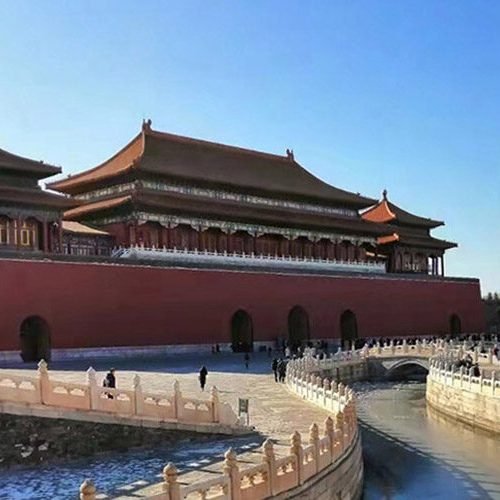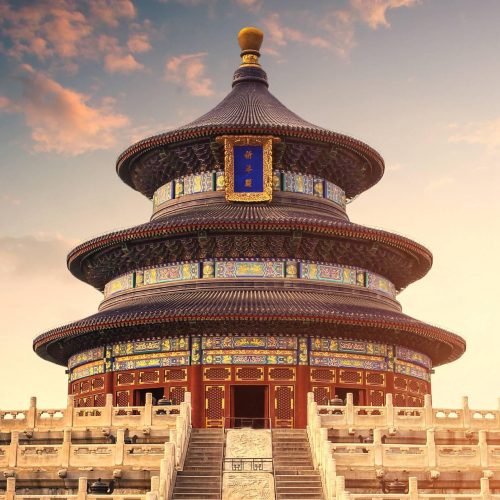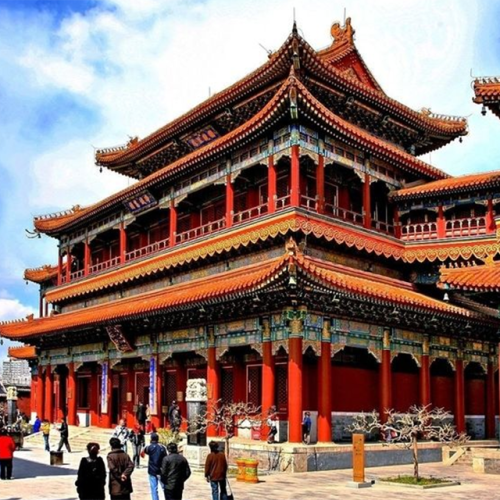Lama Temple: A Beacon of Tibetan Buddhism
The temple, situated in Beijing, is a remarkable edifice. Its significance stems from its historical roots and religious importance. Visiting the temple offers a profound cultural immersion. As one of the most prominent Tibetan Buddhist monasteries outside Tibet, it attracts numerous visitors. Exploring the serene courtyards and intricate halls of the Lama Temple is a memorable experience. Therefore, understanding the origins and purpose of the Lama Temple enhances one’s appreciation. This article explores the captivating narrative of this sacred site.
The Origins and Construction of the Lama Temple
The story of the Lama Temple began in 1694. Initially, it was established as a residence for Prince Yongzheng. He later ascended to become the Yongzheng Emperor. Following his imperial elevation, the residence was converted into a lamasery in 1725. Subsequently, after his passing, it also served as a temporary imperial mausoleum. This unique history distinguishes the temple. Its architectural design showcases a fusion of Han and Tibetan influences. Furthermore, the meticulous craftsmanship evident throughout the temple reflects its imperial connections. Over the centuries, the Lama Temple has endured various historical upheavals. Today, it stands as a thriving center of Buddhist practice.
Religious Development and Importance of the Lama Temple
The Lama Temple holds immense religious significance in the realm of Tibetan Buddhism. It houses a vast collection of Buddhist scriptures, statues, and ritual objects. The temple evolved into a vital hub for Buddhist scholarship and practice. Monks from diverse geographical areas congregated here for study and spiritual cultivation. Consequently, the temple played a pivotal role in the advancement of the Gelug school of Tibetan Buddhism. This influential school is also known as the Yellow Sect. The temple’s impact resonated beyond the confines of Beijing. It significantly shaped the relationship between the Qing Dynasty and Tibet. Even in contemporary times, devout Buddhists frequent the Lama Temple for prayer and devotion. The atmosphere is imbued with tranquility and spiritual energy.
The Purpose Behind Building the Lama Temple
While its initial function was residential, the transformation into the temple served multiple important purposes. Firstly, it represented the Qing emperors’ support for Tibetan Buddhism. The imperial court maintained close ties with Tibetan lamas for political and religious reasons. Patronizing the Lama Temple helped to strengthen these connections. Secondly, it functioned as an administrative center for religious affairs concerning Tibet and Mongolia. The temple housed high-ranking religious figures who held considerable authority. Moreover, it provided a sacred space for the emperor to perform religious rites. Thus, the Lama Temple became an essential link between the imperial government and the Buddhist world. Its continued presence underscores its enduring cultural and spiritual value.







